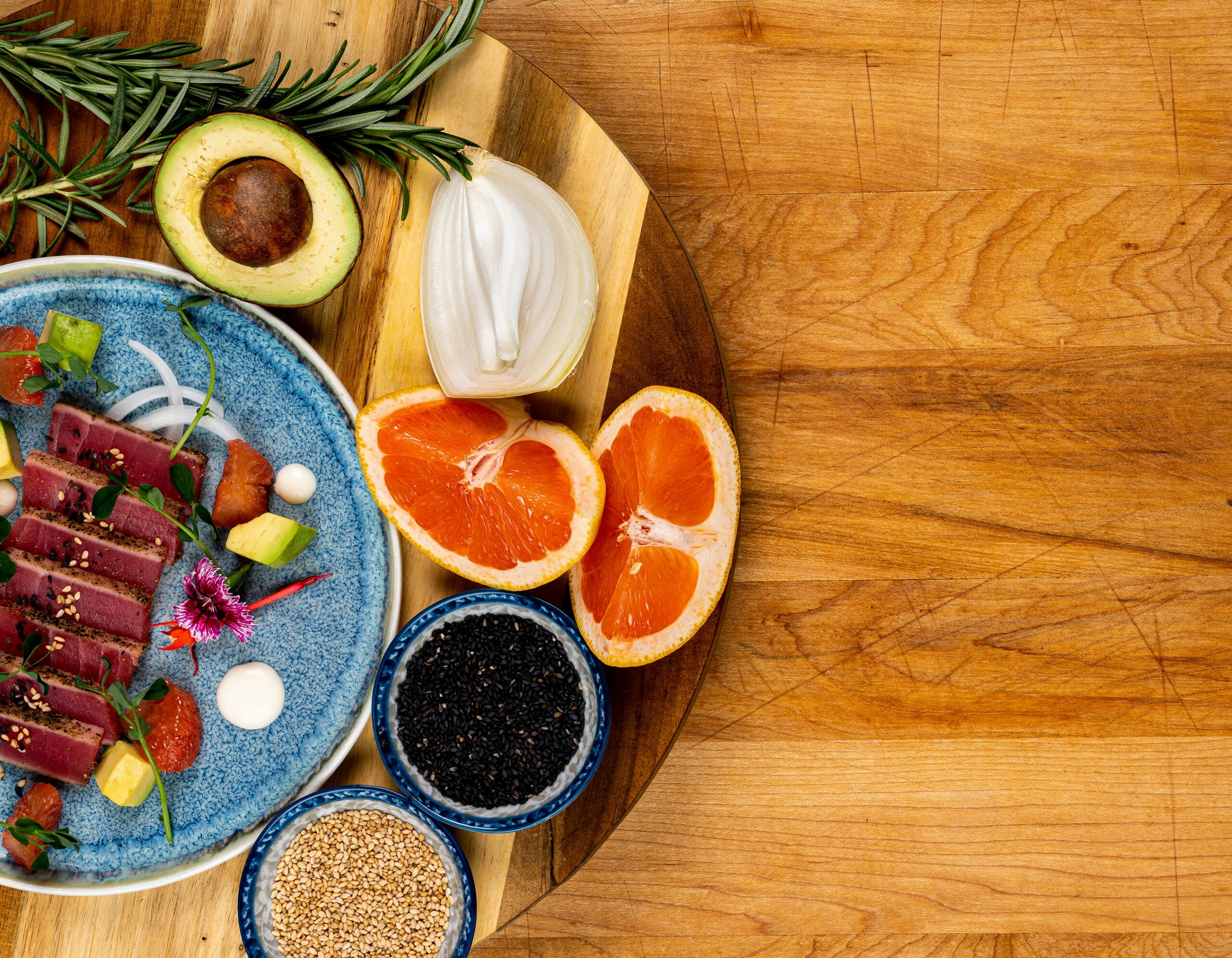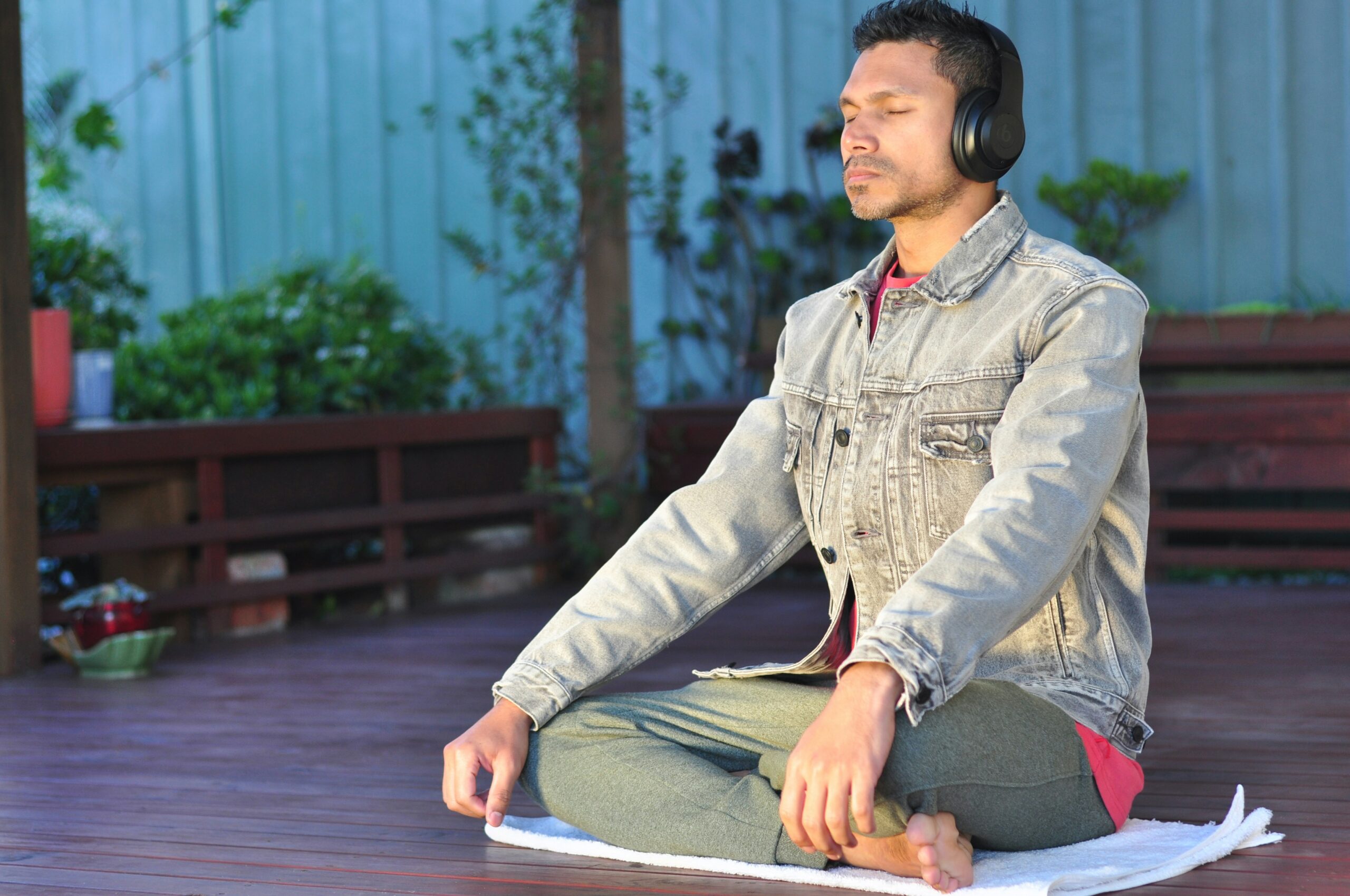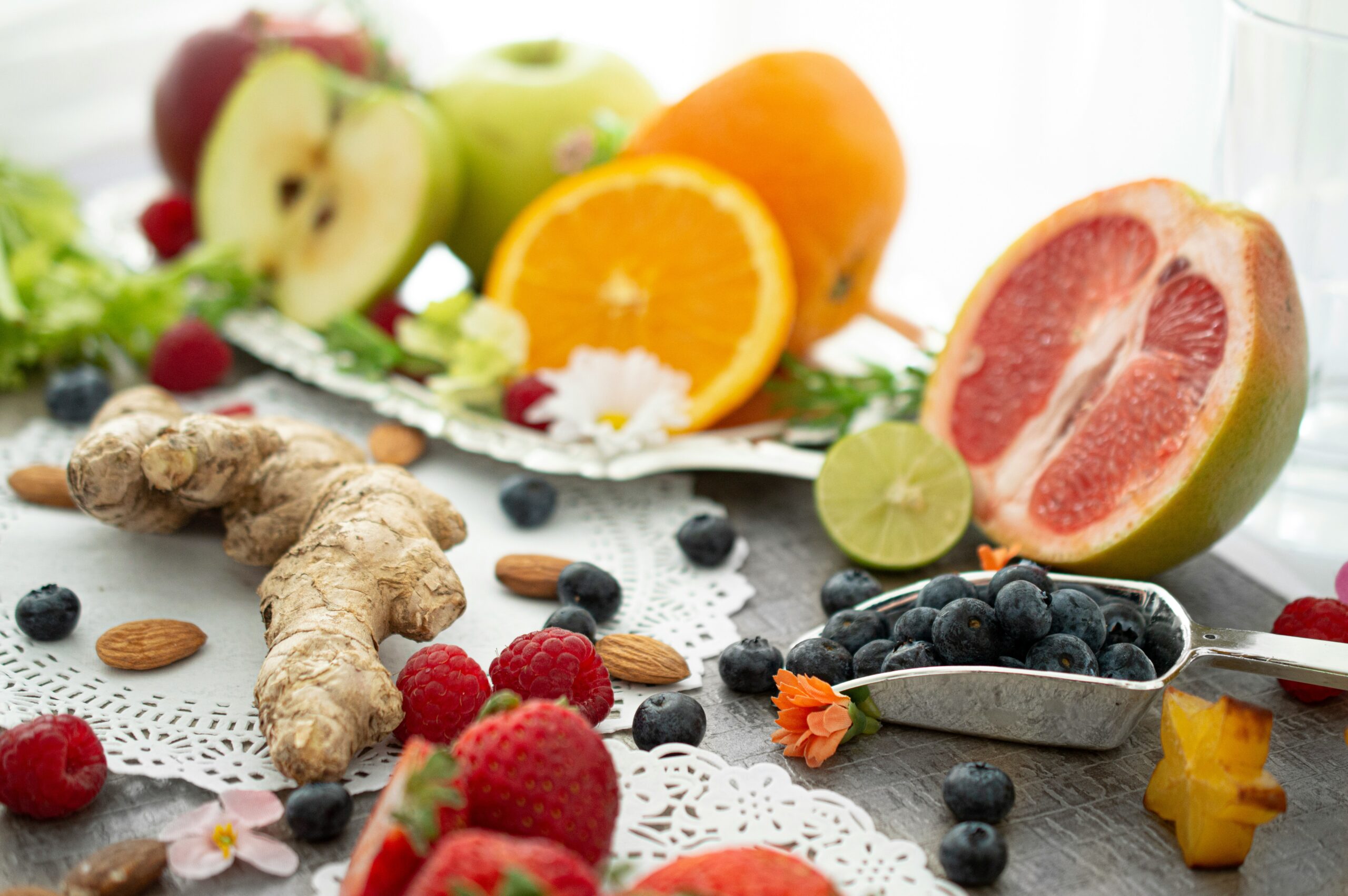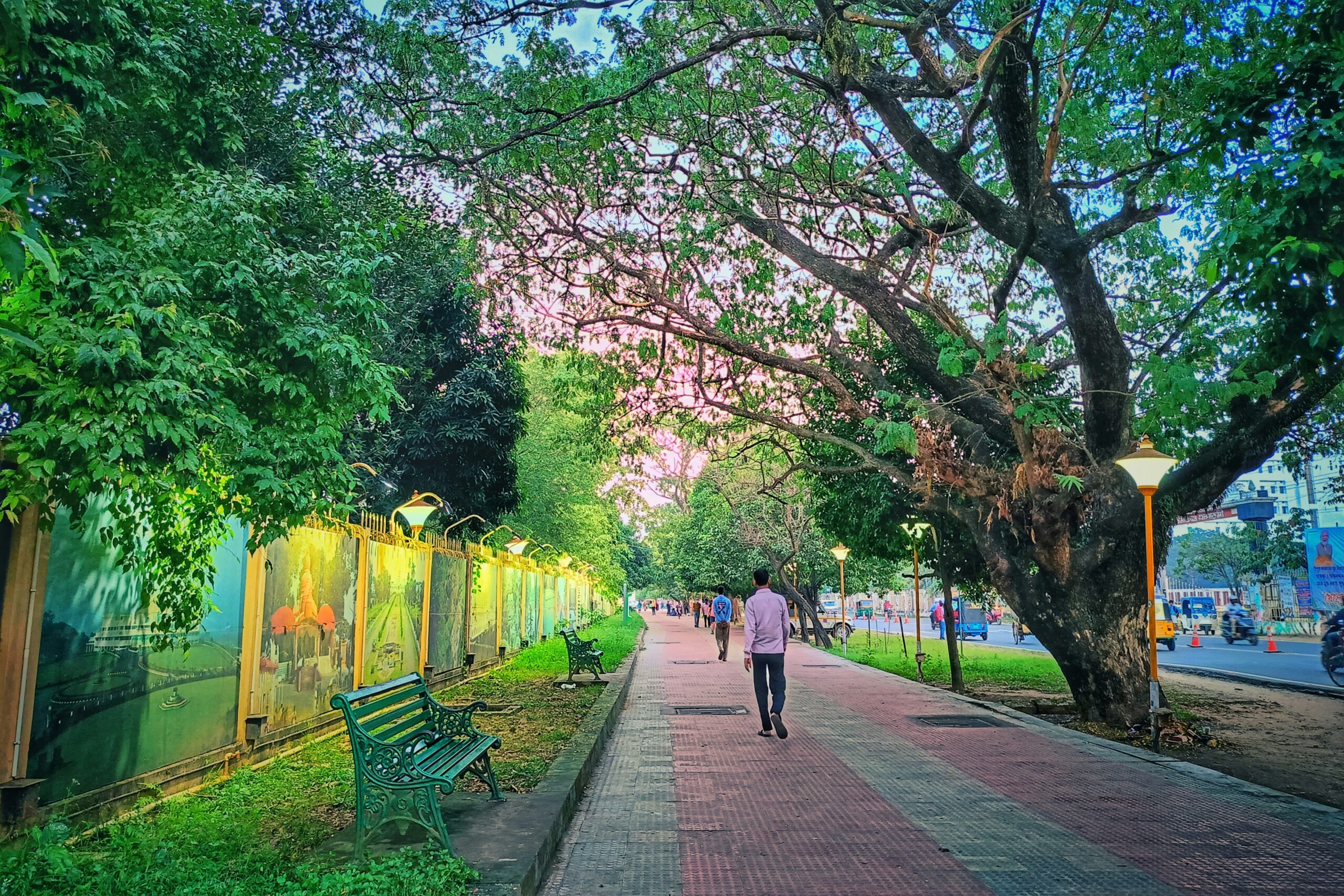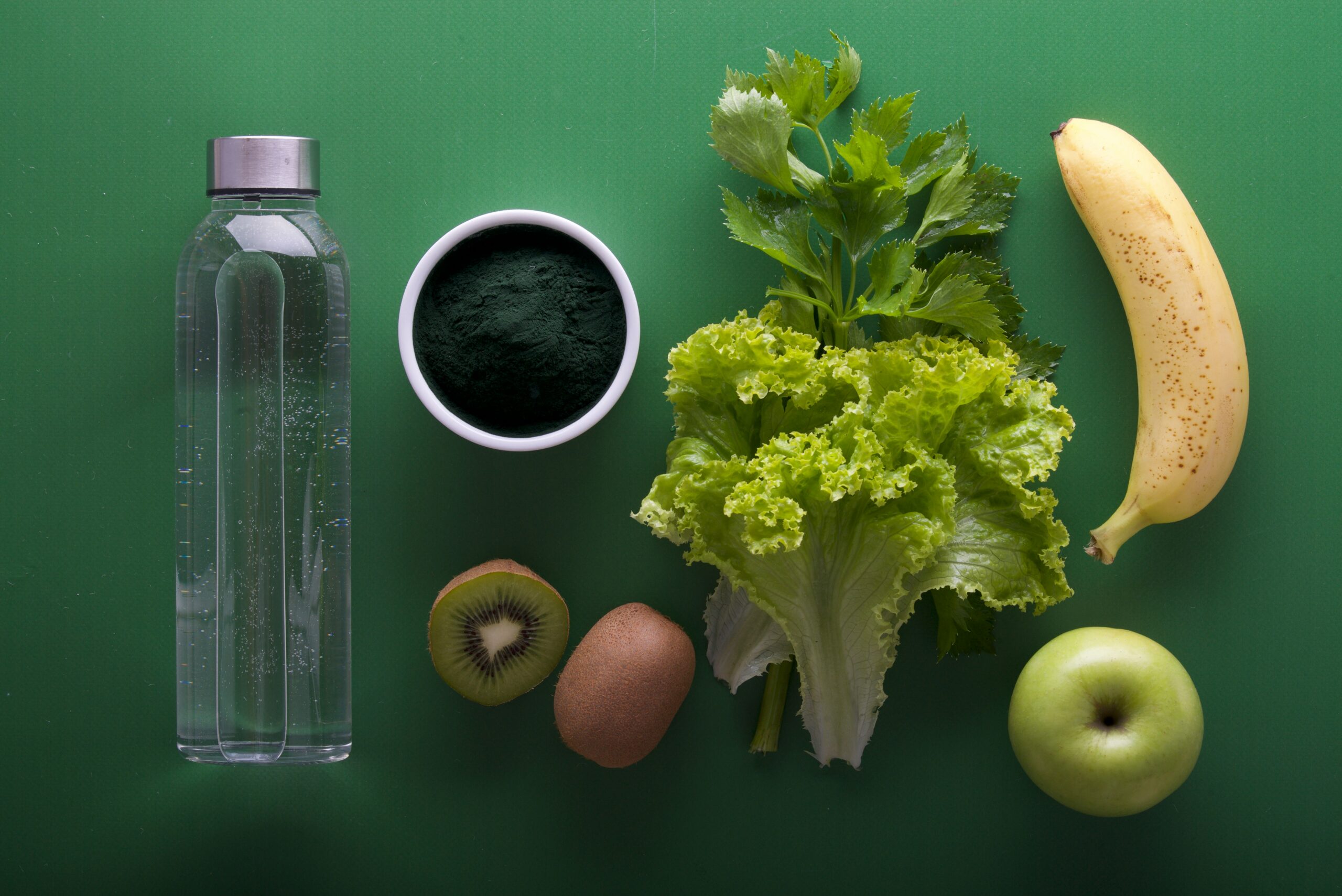Health Foundations: 7 Pillars for Building Unbreakable Vitality

We live in such a world with rapid reforms. Browse social media, and you quickly bomb weight loss, miracle supplements, and biohacking tricks that promise to customize your life in minutes a day. It is easy to get stuck in noise while ignoring the whole image and chasing the singular solutions. But true, permanent vitality is not found in a pill or 30-day challenge. It is done through a conscious commitment to the daily, basic columns of goodness.
This is about focusing our focus from reactive nursing care to active health care. It is about the construction of a flexible foundation – a type of unbreakable vitality – that allows you to weather the storms in the weather, enjoy your days with energy and purpose, and fundamentally improve your overall health. This foundation rests on seven core columns. Ignore one, and the entire structure becomes unstable. Strengthen them all, and you build a fort of goodness.
Table of Contents
1. Nourishment – Food as Foundational Medicine
You cannot remove a bad diet. What you eat is a literal building block of each cell, hormone, and neurotransmitter in your body. Seeing food only as calories is an intensive translation simplification; This is the information that provides instructions to your body, how you work, how you feel, and how to handle your health.
Construction of this column:
1. Complete food first: Prefer foods that do not require an ingredient list – etiquette, fruit, lean proteins, whole grains, nuts, and seeds. These are packed with micronutrients, fiber, and phytonutrients required for each metabolic process.
2. Mindful Eating: Slow. Taste the food. Eat without a screen. This simple practice improves digestion, helps you identify the signs of real hunger and perfection, and a thoughtless task converts food into a nutritional ritual for your health.
The goal is not perfection. This is stability. A diet rich in color and variety, mainly from plant-based sources, is the largest predictor of long-term health consequences.
2. Movement – The Joy of an Active Body
Our body was designed to move. The sedentary lifestyle is one of the greatest modern threats to public health, which contributes to several chronic diseases. Movement is not a punishment you have to eat; It is a celebration of what your body can do and invest directly in your physical and mental health.
Construction of this column:
1. Find your fit: The best exercise is what you really do. If you hate the gym, don’t go! Try hiking, dancing, swimming, cycling, or martial arts. The goal is to pump your heart and work continuously for your muscles.
2. Shakti training is non-parasic: Muscle metabolism is active tissue, which means that it also burns calories even comfortably. Beyond aesthetics, power training is important for bone density, shared health, functional freedom, when we age, and metabolic health.
3. Embrace the daily movement (clean): Non-training activity thermogenesis (neet) energy you walk, gardening, walking up stairs, even by feeding, is a huge component of your daily calorie expenses. Park away, take trips on foot, and stand while working. It adds to everyone.
3. Rest – The Unsung Hero of Health
In our productivity junction culture, the rest is often seen as laziness. Nothing can be further from the truth. The rest is an active, biological requirement. This happens when the body itself repairs, consolidates brain memories, and hormonal system ties. Ignoring rest is like driving a factory 24/7, without stopping for maintenance – it will continuously break.
Construction of this column:
1. Prefer sleep hygiene: This is the cornerstone of rest. Objective: to sleep 7-9 hours per night. Create an atmosphere of dark, calm sleep. Install a comfortable routine before bed (no screen!) And try to lie down this weekend, even this weekend.
2. Understand sleep cycles: The number of quality cases. Seamless sleep allows you to move through important sleep steps, including deep sleep (for physical repair) and REM sleep (for mental and emotional health).
3. Include active recovery: the days of comfort from acute training. “Day is not closed.” They occur when your muscles actually rebuild and are strong. Similarly, activities such as stretching, dusk rolling, or meditation help you recover.
4. Mental shutdown: Continuous stimulation is over. Set time to do nothing.
4. Stress Management – Taming the Modern Dragon
Stress is not naturally bad. Acute stress is a survival system. The problem is the old stress-A constant, lower grain attacks of modern life that keep our cortisol level high. This condition is corrosive to our health, causing inflammation, weight gain, digestive problems, anxiety, and contributing to a weaker immune system.
Construction of this column:
1. Recognize your loads: You can’t tell what you don’t accept. Become specific about what causes you stress. Is this your traffic? A certain relationship? Working time limit?
2. Develop your tool set: Perform techniques to regulate the nervous system. It is deeply individual. This may include:
3. Breath: Easy Breathing of Box (4-second inhalation, 4-second hold, 4-second exhalation, 4-second hold) can calm the nervous system in minutes.
4. Mindfulness and meditation: These practices train your brain to observe ideas without feedback, making a space between stress and your reaction.
5. Natural therapy: Time (Forest Bath, a Walk in the Park) proves to be low cortisol and blood pressure.
6. Determine limits: Don’t learn to say. Protect your time and energy. Lack of boundaries is an important source of chronic stress that reduces mental health.
7. Define your perspective again: Sometimes we can’t change stress, but we can change our relationship. Looking at challenges such as development opportunities rather than dangers can fundamentally change our physical response.

5. Connection – The Heart of Human Health
We are tough for connections. Loneliness and social isolation are as harmful as 15 cigarettes a day. Strong social conditions for stress are a buffer, improve flexibility, and are a powerful lifetime predictor. Your relationship is as important as your physical health.
Construction of this column:
1. More quality than amount: It’s not about hundreds of friends. This is about some deep, meaningful matters where you see, hear, and feel support.
2. Intentionally: In a digital world, you can prioritize conversation face-to-face. Plan regular collection. When you’re with someone, keep your phone away. Be completely present.
3. Community: Find out your tribe. Join a club, a sports team, a voluntary group, or a book club. The feeling of being related to something greater than itself is a deep source of purpose and health.
4. Reporture: Deep connection requires vulnerability – the courage to be authentic and the courage to share your true self, not just the Polish version. It promotes self-confidence and intimacy, which is the basis for supportive conditions.
6. Purpose – The Fuel for a Meaningful Life
Why do you wake up in the morning? Being a sense of purpose – one of the reasons that transmits the daily pieces – is a powerful driver for health and long life. It gives direction, motivates healthy behavior, and creates flexibility against adversity. People with a strong sense of purpose have a low risk of brain health and chronic illness.
Construction of this column:
1. Look for thread: Do activities lose you a track at times? Shakes the problems a passion in you? What pain have you experienced that you can help others with now? Your purpose is often your passion, skill, and world.
2. Start small: Your purpose is not magnificent. It can be a nutritionist, a dedicated teacher, a creative power, or a reliable friend. This can be to create beauty, serve your society, or protect the environment.
3. Adjust your tasks: Are your daily habits and options in accordance with the original values? Living in adjustment, where your actions match your faith, is a great source of energy and reduces psychological stress, which benefits your general health.
4. Contributions: “What can I get?” “What can I give?” Contributions and generosity are strongly associated with life’s satisfaction and welfare.
7. Environment – Designing a World for Wellness
We are not present in a vacuum. Our external environment – the air we breathe, the water we drink, the products we use, the light we are exposed to – affects our inner health. Adaptation of your environment is an important step to create a solid base for health.
Construction of this column:
1. Non-toxic life: Reduce the risk of harmful chemicals gently. This can mean turning to natural cleaning products, choosing organic dividends for “dirty dose”, and choosing individual care products with simple, cleaner content.
2. Natural light and circadian rhythm: To regulate your circadian rhythm, look for natural daylight during the day. Conversely, reduce the contact with blue light from the screen in the evening to protect sleep.
3. Make a sanctuary: Your home should be a comfortable, cool place. Display, organize, and surround yourself with objects that give you happiness. A chaotic environment contributes to a chaotic brain, while a peaceful place supports mental health.
8. Building Your Foundation: One Stone at a Time
It is not a checklist to be completed by tomorrow. The creation of unbreakable vitality is a lifetime journey, not a destination. You do not need to correct all seven columns at the same time. That road only leads to burnout and frustration.
Begin with a small, managed change in the column that you find the most important or appealing. It may be that it adds another vegetable to your food every night. Maybe it’s a 10-minute walk on lunch break. This can be a company while sleeping and sticking to it.
A little thing of the master. Let it be a non-perfect part of your life. Then, and only then, add another stone to your foundation. These small, consistent actions are mixed for months and years, which create deep and permanent changes. It is those who create a life of genuine, unbreakable vitality – a life that is not only free of illness, but also with energy, purpose, and light health.
Q: What are the 7 Pillars of Unbreakable Vitality?
A: The 7 Pillars are: Nutrient-Dense Nutrition, Restorative Sleep, Daily Movement, Stress Resilience, Purposeful Living, Toxin Reduction, and Community Connection.
Q: How quickly can I see results by following these pillars?
A: Many people notice improved energy and mood within 1–2 weeks, but lasting vitality builds over consistent practice—typically 4–12 weeks for measurable health shifts.
Q: Do I need supplements or special equipment?
A: No. The pillars emphasize foundational lifestyle habits using whole foods, natural movement, and mindful practices—no expensive gear or pills required.

